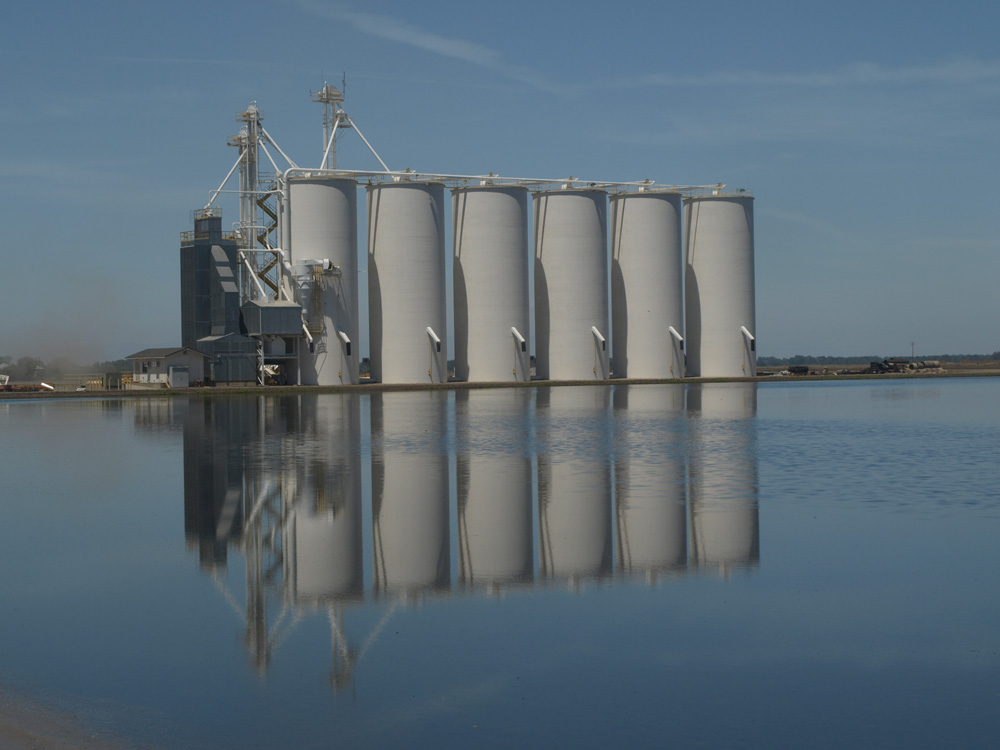Rice is an aquatic plant and is grown best on hard clay soils. In our rice fields under the top soil is a layer of hard pan, a layer of hard dense compacted soil much like cement. Hard pan serves as a barrier to keep water from percolating through and acts like a bath tub in which the plant grows. The amount of water required to grow the crop is quantified by the evapotranspiration (ET) rate and in California it has been measured to be 3.3 Acre/Feet by the Department of Water Resources (DWR). In other words, the plant requires 3.3 A/ft of sustenance plus some additional water that is lost to evaporation, soil percolation, and tail water in the drains. This additional water use changes every year due to the type of growing season, hot/cold, early planting vs late planted, etc. Our water district’s average duty is 4.2 A/ft however our farm’s average is only 3.8 A/ft. This is accomplished by having contiguous fields through which the tail water above is captured and reused in the fields below.
